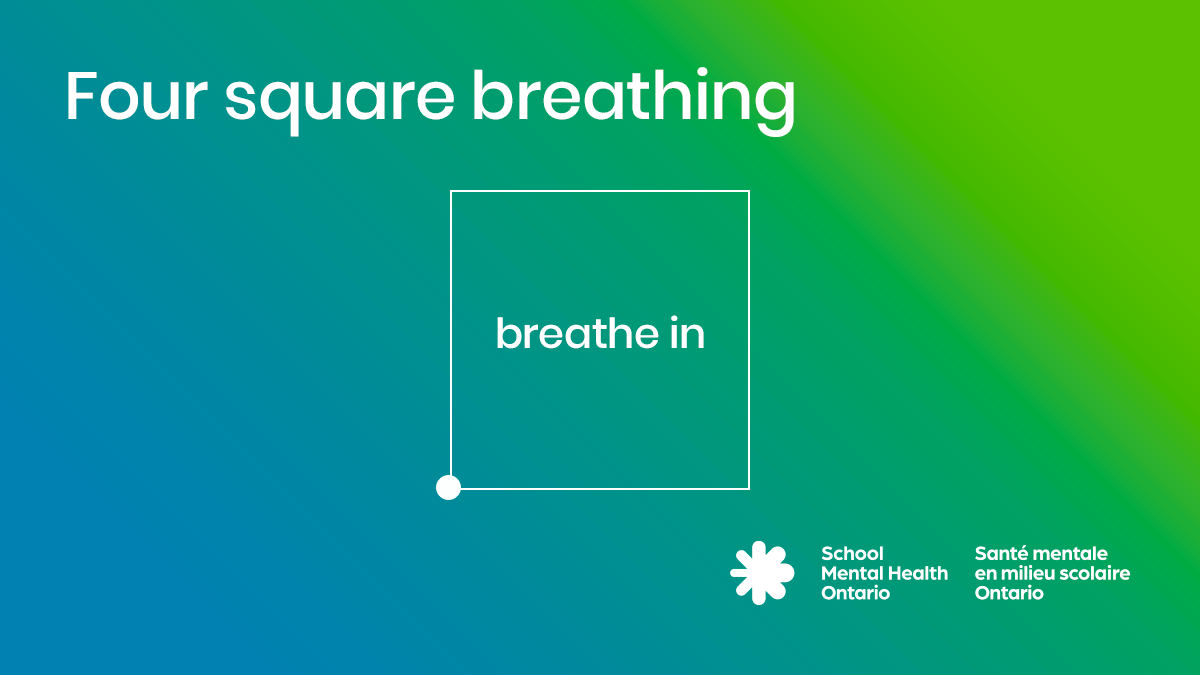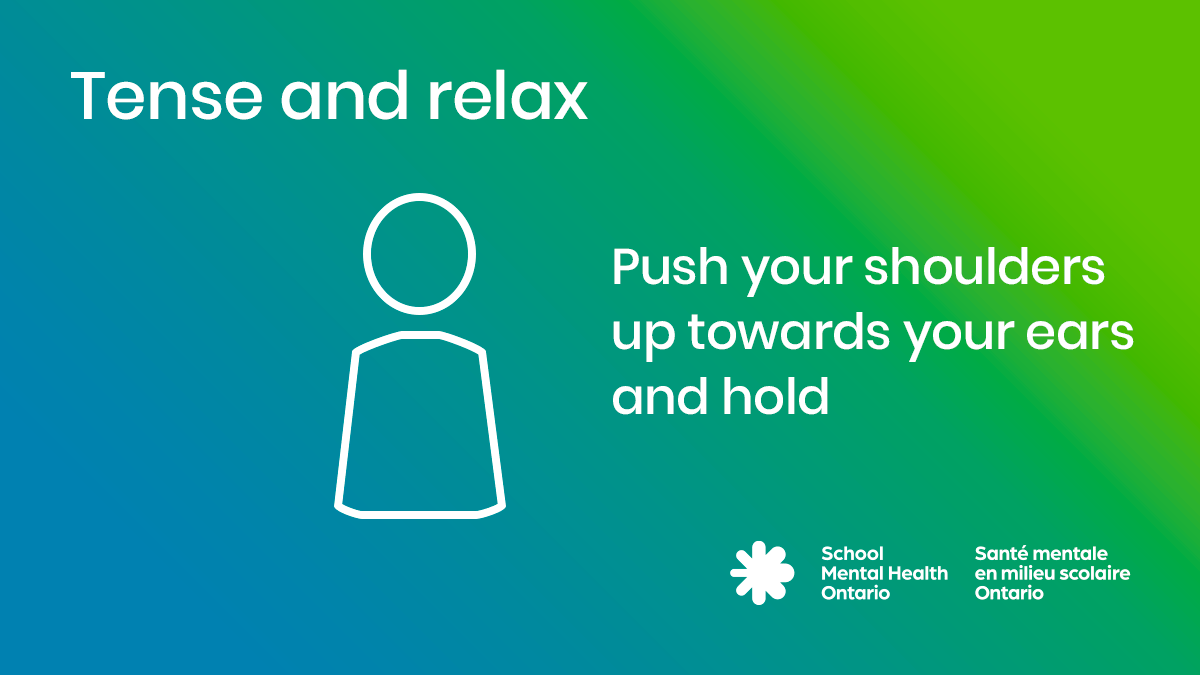Tips for educators to help students manage stress during uncertain times
As an educator, you won’t be able to take away the stressors your students feel, but you may be able to help to minimize their impact. You can also remind students about strategies that can help them to cope.
We’ve put together some simple, evidence-based suggestions you can try with students. These strategies can be used in virtual or in-person classrooms.
But first, how are you?
The best thing you can do to help your students is to take care of your own mental health. Take a look at our personal resiliency tip sheet for ideas. You can also try the activities below. And remember, there are supports available to you through your employee assistance program. Check with your supervisor or human resources department if you need more information.
Simple, evidence-based strategies to help students cope with stress
Stress is normal and can even be helpful. But too much stress can impact well-being. During uncertain times, the stressors students are dealing with may increase. You can show your students strategies for coping with stress that can help with immediate challenges and also give them life-long skills.
Practicing calm breathing daily can help prevent anxious feelings. Calming our breathing can also help us relax when we’re feeling stress. Students can do breathing exercises anywhere, anytime.
Show your students how to do four square breathing:
- Picture a square. Focus on the bottom left corner.
- Breathe in for a count of four as you move your focus up the left side of the square.
- Hold for a count of four across the top of the square.
- Breathe out for a count of four as you move down the right side.
- And hold for a count of four as you move across the bottom to finish the square. Then repeat.

By working to reduce muscle tension, we can change our experience of stress in the body. Show your students how to recognize tension by contracting and relaxing different body parts:
Neck: Push your shoulders up to your ears (as if you were hiding inside a turtle shell) for 3 seconds then let them go and relax slowly for 3 seconds. RViepeat.
Hands: Squeeze your hands together into fists (as if you were squeezing lemons) for 3 seconds then let them go and relax slowly for 3 seconds. Repeat.
Stomach: Squeeze your stomach in as if you were trying to squeeze through a small space in a fence for 3 seconds then let it go and relax slowly for 3 seconds. Repeat.
Feet: Push your feet down into the floor for 3 seconds, then let go and relax slowly for 3 seconds. Repeat

When students are feeling unsettled or are having difficult emotions, they aren’t ready to learn. It’s okay to suggest they do something else and then return to the school task once they are feeling better. You might consider creating a calming box in your classroom with different activities to help students refocus.
Encourage students to develop a list of ideas to help them shift their focus. Here are some suggestions:
- physical activity
- puzzles
- stepping outdoors
- games
- listening to music
- creating art
- playing with a pet
Visualization can also help students settle their minds by temporarily shifting focus away from worries and concerns.
Guide your students through a simple visualization exercise:
Think about your favourite place. Picture it in your mind. Think of how you feel.
What does it sound like?
What does it smell like?
What does it feel like?
Imagine yourself in your favourite place. Imagine all of your fears and worries replaced with a feeling of calm and happiness. Let yourself relax and enjoy the moment.
There is value in helping your students take time to stop and notice the good things happening, even if it is a challenging or uncertain time. You can also help your students to settle anxious feelings and return to the present moment by using grounding skills.
Ask your students:
- What are five things you see around you?
- Four things you can touch or feel with your body (e.g., the chair on my back, feet on the floor, fingers on the table)?
- Three things you hear (e.g., a car, the clock, the humming of the vent)?
- Two things you smell or taste (or like to smell and taste)?
- And ask them to take one mindful breath
We can’t control everything that happens, but we can control our response to the stressors coming our way. When students interpret events from a hopeful, positive stance, they are more likely to experience positive emotions than if they engage in more pessimistic, negative thinking.
As an educator, you can model this by, for example, looking for a silver lining in a tough situation or showing self-kindness when you make a mistake.
More resources to help educators support student mental health
This post is based on a webinar we presented on how to support students during uncertain times. All of the strategies we’ve included are considered tier-one activities in school mental health. Tier one includes mental health promotion and prevention, and activities that are good for all students. Learn more about the different tiers.
Take our online course
If you’re interested in understanding more about student mental health and your role in supporting students, take our free online course for educators. It takes about six hours to complete, and you can finish it at your own pace. During the course, we’ll introduce you to a suite of new resources.
